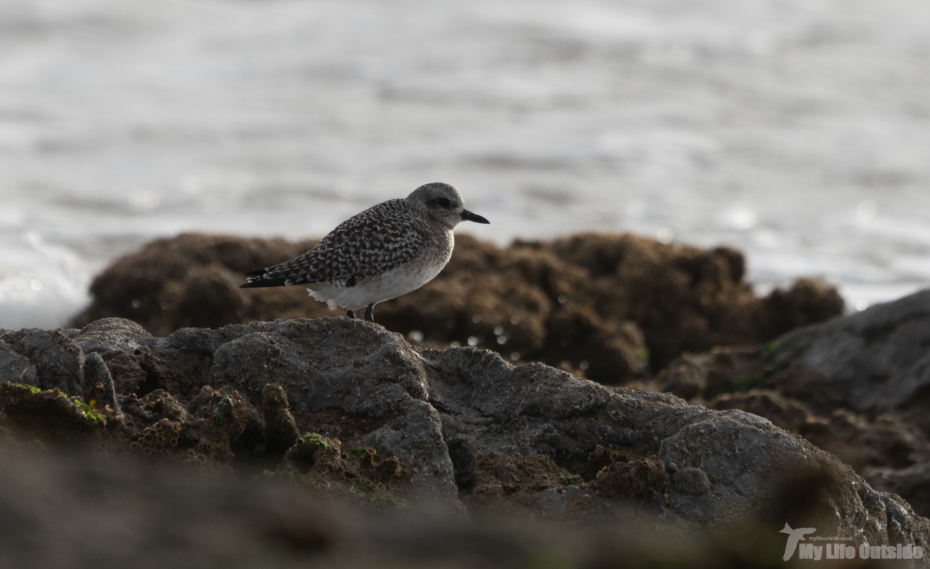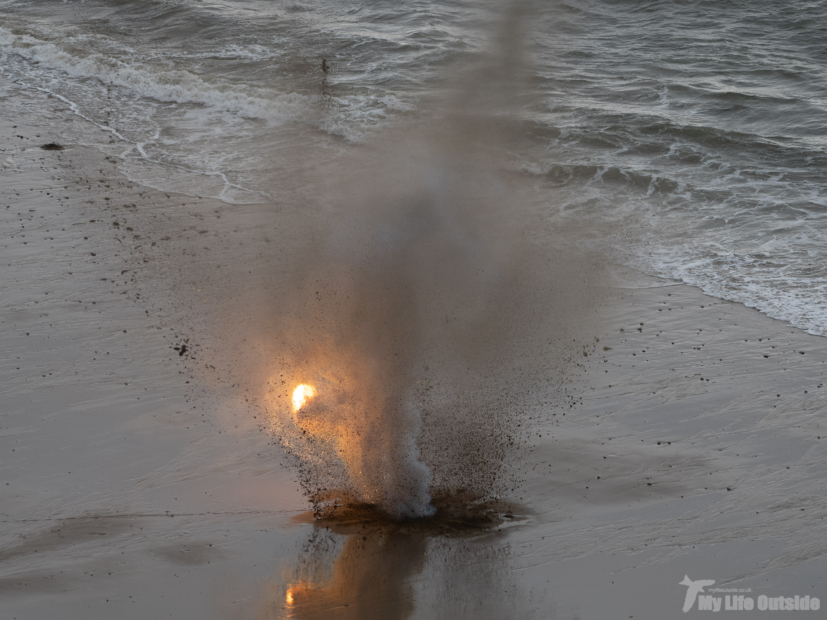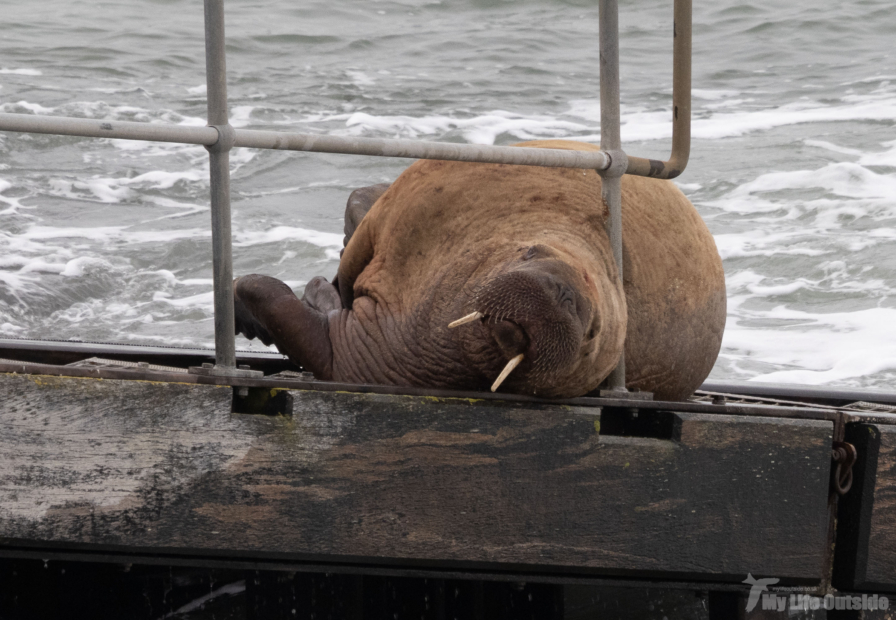If you have ever spent a day stuck in a sealed office with no opening windows and broken air conditioning you can probably imagine why I felt like getting out into the countryside even more keenly than usual this evening. A quick scan of the local OS map showed that I had woefully under explored my local area with miles and miles of paths to walk and hillsides that I hadn’t even stepped foot upon. I narrowed the candidates down to Cefn Drum, a 230m high hill behind Pontarddulais which had added interest in the form of the remains of a couple of medieval settlements to explore.
The walk to the top of the hill was energetic and very sweaty given the high levels of humidity that we are currently experiencing. It was all worth it though as I heard a couple of calling Cuckoos from the trees at the bottom of the valley. This is absolutely superb news as it gives me a real chance of actually tracking them down and attempting some photographs. Heres hoping that they stay in the area for the rest of the season. Also showing well on the ascent was a Raven and a couple of Stonechats. It was particularly pleasing to see the Stonechats after reports locally that the cold winter seems to have heavily dented their population. Saying that I did only see three over an extensive area so maybe things aren’t that rosy after all. What was certainly doing well were the Skylarks and Meadow Pipits. The whole hillside was alive with their calls and every step was typically greeted by a flurry of activity as birds erupted from the ground. Unsurprisingly I had to choose my steps carefully when not on the tracks to avoid trampling any nests. Touch wood I think everyone escaped unscathed.
At the top of Cefn Drum sits a large and very well built cairn known locally as Peter’s Cairn. Who Peter is I don’t know but I certainly admire his building techniques. The views stretch across the length of the Loughor estuary with the Gower peninsular beyond that. Or at least they would have if the weather had not once again been so hazy. Is this being caused by the volcanic ash in the atmosphere as I can’t recall anything like it last year? Either way I hope it clears up soon as I would love to go back up and see just how far the vista stretches.
(Top) Looking towards Gower with the Loughor estuary in the foreground (Bottom) Looking towards the Brecon Beacons
On the walk back down I spotted a bee land on the ground and disappear into a small burrow. It took a couple of seconds to click before I realised that it must be a mining bee though of what species I do not know. The last time that I saw one of these was a good ten years ago at my parents house where they used to burrow into the back gardens lawn. I took a picture of the hole as a record shot just as the bee started to block the hole off from the inside as the sequence of pictures below shows.
It wasn’t just plain dirt that it was pushing up as it seemed to have been mixed with some sort of liquid. I have done a bit of research and have found that the female bees are able to excrete a substance that can be used to solidify the walls of their tunnels so I presume this is what I saw. Each burrow is a nursery for a single larva which is stocked with pollen and nectar to feed it until it emerges next spring. I would guess that this particular bee temporarily blocked the tunnel so that it could safely spend the night as at the time of these pictures being taken the temperature was dropping as were the light levels. If I get a chance I will try and see the bee again and identify it. This may however prove difficult as there are apparently sixty species of mining bee in the UK alone!






2 Comments
Unknown · April 29, 2010 at 8:24 am
I've never even heard of them.
I saw the Carpenter bee the first time in Hungary and was already stunned that something like that exists.
60 species?
Darn,….
Adam Tilt · May 10, 2010 at 11:04 pm
I know tell me about it!